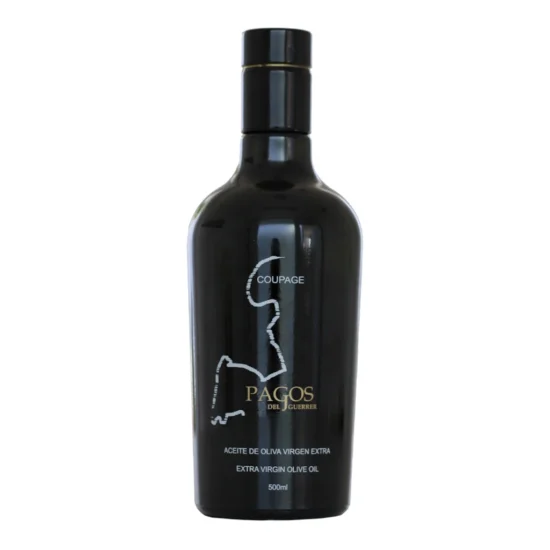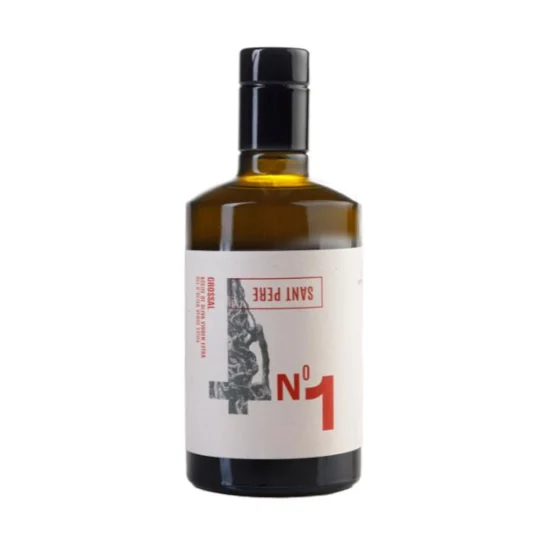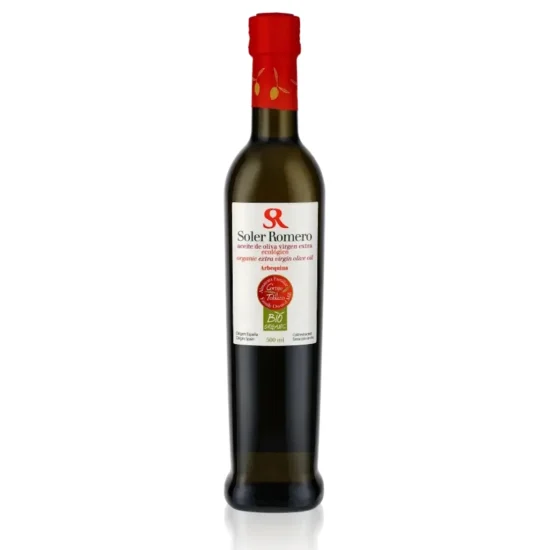
Extra virgin olive oil is oil with a chemical acidity level of less than 0.8°C and organoleptically free of defects. Similarly, virgin olive oil is oil with a chemical acidity level of less than or equal to 2°C and a median defect score on a tasting panel of less than or equal to 2.5°C.
It’s clear that olive oil is one of the pillars of the Mediterranean diet, recognized by numerous nutritionists around the world. However, when we’re on the supermarket shelf, we may have doubts about the differences between the two. In any case, both are pure olive juice extracted mechanically, usually by centrifugation, but in neither case are they subjected to the refining process.
The differences appear during the olive processing. In reality, the olive variety has little influence on the quality of the extracted olive oil. Even olives from wild olive trees can produce excellent EVOO if the process is appropriate.
Extra virgin olive oil is obtained from olives that are quickly pressed. This gives it a low acidity and an intact aroma and flavor. It thus has a fruity flavor, ideal for salads, rich in vitamin E and unsaturated fatty acids. They are also ideal for use at high temperatures, baking, frying, and grilling. Therefore, we recommend always buying extra virgin olive oil. It only costs a little more than “regular” olive oil, but the flavor, aroma, and health benefits more than make up for it.
The more care and dedication we put into the olive grove, the better the result will be at the mill and, consequently, in the final product. Specifically, it is the care of the crop, protection from pests, and favorable weather conditions that will be decisive in obtaining healthy olives.
Another fundamental factor in obtaining the highest quality oil is the harvesting process. Indeed, olives must be harvested at the ideal ripening point, directly from the tree (flight olives). Furthermore, techniques that cause minimal damage to the olives must be used to avoid wounds that could lead to oxidation and loss of quality.
Olives must be milled as quickly as possible after harvesting to prevent damage to the fruit and exposure to unsuitable temperatures. Failure to act quickly can lead to brittleness. Furthermore, they must be processed “cold,” below 27ºC.
Once the oil is extracted, it must be stored in the winery’s tanks at a controlled temperature. If it is also unfiltered olive oil, it must be regularly cleaned to remove the sediment that naturally settles. Indeed, these oils are highly sought-after, but more delicate than their filtered “brethren.” Any anomaly, malpractice, or carelessness in any of these processes will make the difference between a truly Perfect “Extra Virgin” Olive Oil and a Virgin Olive Oil.
On the other hand, refined olive oil is the lowest quality. Unfortunately, its “refined” designation misleads many consumers. Because it is extracted from damaged olives, picked from the ground, with fermentation processes already underway, the oil has a bad taste and smell.
In fact, it is called Lampante because it was once used in oil lamps. Therefore, it is “refined” at high temperatures and through chemical procedures. However, this “refinement” also eliminates all of its beneficial organoleptic properties.
Important Note: aceitedelcampo.com promotes the consumption of extra virgin olive oil for its culinary qualities and health benefits. However, no medication or current treatment should be replaced without the guidance of a healthcare professional.




ALZAYT EXPORT SL
info@aceitedelcampo.com
C/ Eduardo Bosca 19, 2-5
46023 Valencia
Subscribe and receive a coupon by email for your next purchase.